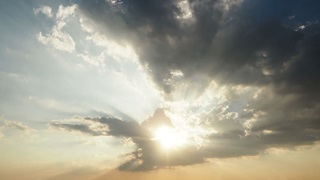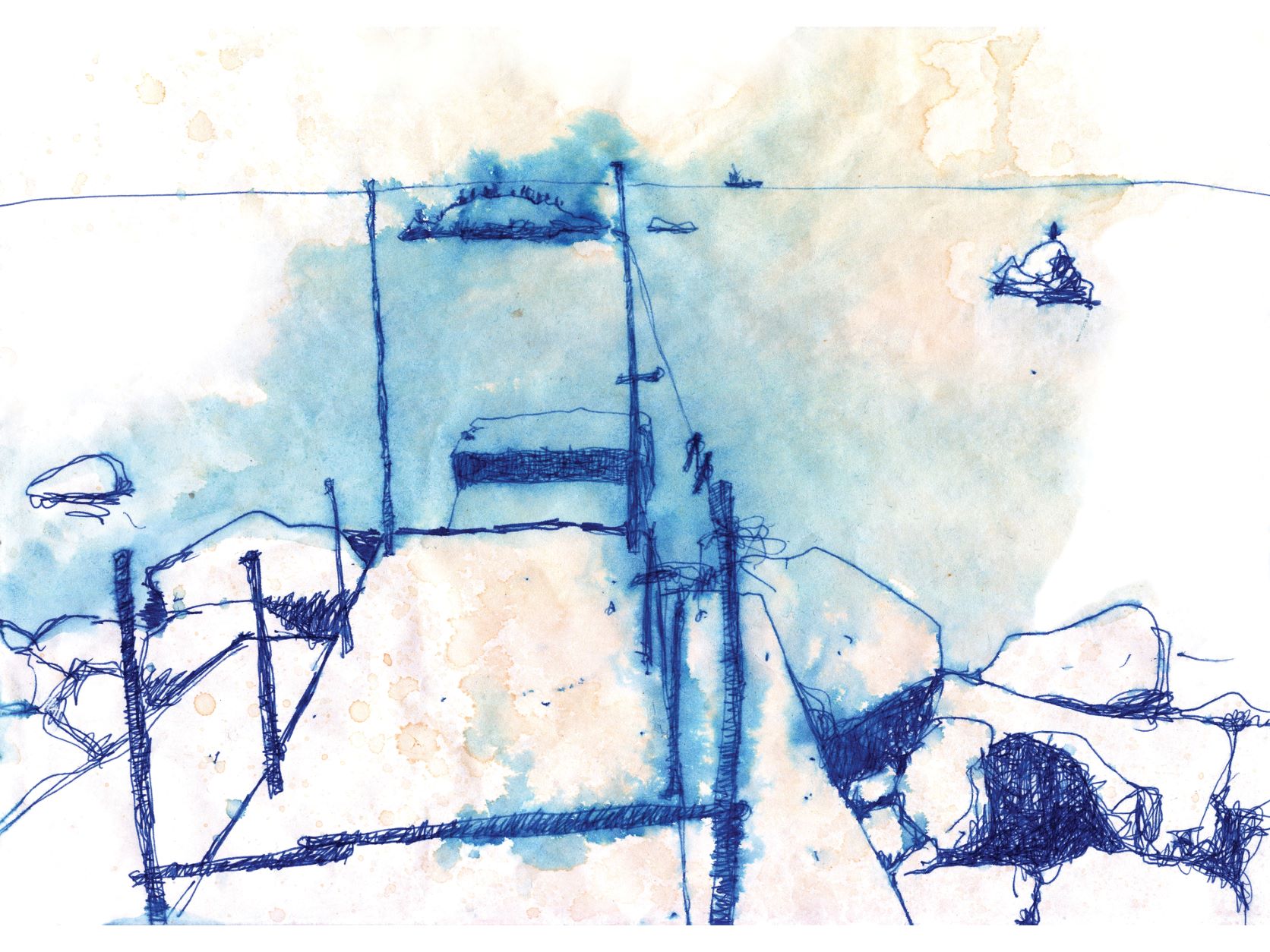
Enter a cloud
Inspired by 'Gigantic Cinema' | Issue 20 | 2022


The essay by Nigel Gibson
It may have been a long time coming but the plague of water scarcity is upon us. By 2050, the world’s population is expected to rise from just under seven billion today to around nine billion. Even with the number of people there are now, water—the stuff of life—is already in short supply. For the moment there may enough to go round, but within a decade or so sixty per cent of us will live in towns and cities, many of these in the developing world, where water pure enough to drink without damaging your health is hard to find.
We are more than halfway through a UN decade for action: Water for Life. The decade started in 2005 on 22 March, also known as World Water Day. Water also features in the Millennium Development Goals. Given this degree of global attention, does this mean no plague, no crisis, no worries?
Far from keeping pace with the problem, governments seem in danger of being left behind. Over the past ten years, the number of urban dwellers who lack running water at home or within easy reach of where they live has risen to more than a billion. The number of people without basic sanitation has increased still more. Inevitably, sickness follows and economies suffer.
More people: less water; it’s a simple enough equation.
Recent shifts in the climate have led to prolonged periods of drought in some places and flooding in others. Agricultural yields are falling just when there are more mouths to feed. Different weather patterns also make more people dependent on rainfall, an ever more fickle gift of nature. One sixth of the world’s population may soon be affected: river flows will become more erratic; spring floods more extreme; and summer droughts prolonged. The amount of water available to farmers as well as other businesses—the right amount, of the right quality, at the right time—will suffer.
The plague of water scarcity seems to know no boundaries. During the last couple of years, the Yangtze river in China fell to its lowest level since records began more than a century ago; at the same time, rivers like the Murray-Darling in Australia and America’s Colorado failed to reach the sea, at least part of the time. Groundwater levels in India, China and elsewhere in the world are falling. Atlanta in the US recently came close to running out of water altogether, while Barcelona had to ship in enough to drink from France.
Time for action. The Chinese environmental campaigner Ma Jun was in London in April, speaking at the House of Commons about the pollution of China’s waterways. China’s lakes and rivers are known to be in a bad way; some 60 per cent are contaminated, according to official figures. Water from the arid north of China is also flowing south, being used as part of the food chain for southerners. Northern China has 44 per cent of the country’s population, yet only 14 per cent of its water. That is one reason why investors have queued up of late to put money into schemes which will help to redress the balance.
Behavioural change also affects water footprints. As people become richer, they eat more meat. Arjen Hoekstra, of the University of Twente in the Netherlands, helped to found the Water Footprint Network, which maps and describes water usage. Meat is a lot 'thirstier' than other foods: it takes an average of 15,300 litres of water to produce a kilogram of boneless beef; this calculation is based on an animal’s annual consumption of 1,300 kg of grains (wheat, oats, barley etc); 7,200 kg of roughage (pasture, hay and silage), all of which needs water to grow; and more than 30 cubic metres of water for drinking. So it takes a lot of water to produce our beef. But that’s not all. A slice of bread requires 40 litres of water to reach our kitchen table. Add some cheese and the total comes to around 90 litres. Even an innocent apple, according to the Water Footprint Network, drains off 70 litres of the wet stuff while it grows. A glass of apple juice consumes a full 190 litres.
Calculations like these have started to concentrate the minds of agri-business commentators. Since agriculture consumes seventy per cent of the world’s water resources, it would seem rational to conclude that, if supplies are becoming scarcer, farmers should be among the first to tackle the problem. To be fair, they are. What is missing is a commitment from policy-makers to manage their country’s water more efficiently. Even among affluent societies there is no agreement over the best model to follow. Most observers agree that about 4,200 cubic kilometres of water can be used each year without depleting supplies. The problem is that annual consumption, at 4,500 kilometres, is already too high and as a result water tables are falling. Take the Punjab: from only a couple of metres below the surface at one point, it has now fallen, in parts, to hundreds of metres down.
Technology may yet come to our rescue. We know now (or suspect) that about a third of the water used to irrigate fields with gravity-fed systems is wasted, but the introduction of drip-fed irrigation has made a noticeable difference. Even with smallholders in India, the technology has reduced waste by up to forty per cent. Yields also benefit because the soil gets the moisture when it most needs it. Farmers in Israel waste only about a tenth of the water they use. This is mainly because they use drip-fed systems and micro sprinklers. The trouble is equipment like this is expensive. The FAO estimates that cumulative investment in irrigation worldwide over the next forty years could cost US$1 trillion. To secure the financing, farmers will have to boost their returns as well as the yields from their crops.
In the mean time, governments can do a lot by ensuring that their water authorities price water transparently, using mechanisms which cut waste and foster business. Water authorities in Australia have started repurchasing entitlements to backwater in an effort to replenish levels. Efforts to encourage households to use more recycled water—through a 'third pipe'—are proving less popular. It's Cambodia that gets the gold star. The Phnom Penh water authority supplies 300,000 cubic metres of water a day, has 200,000 connections and has reduced the waste to a mere six per cent of output, a fraction of that in many other parts of Asia; the water authority is talking of listing its shares on a new stock exchange.
Waste not: want not. Sometimes, all it takes to solve a problem is motivation, and a different approach.
Nigel Gibson is a freelance journalist and writer
© Norton Rose Fulbright LLP 2025